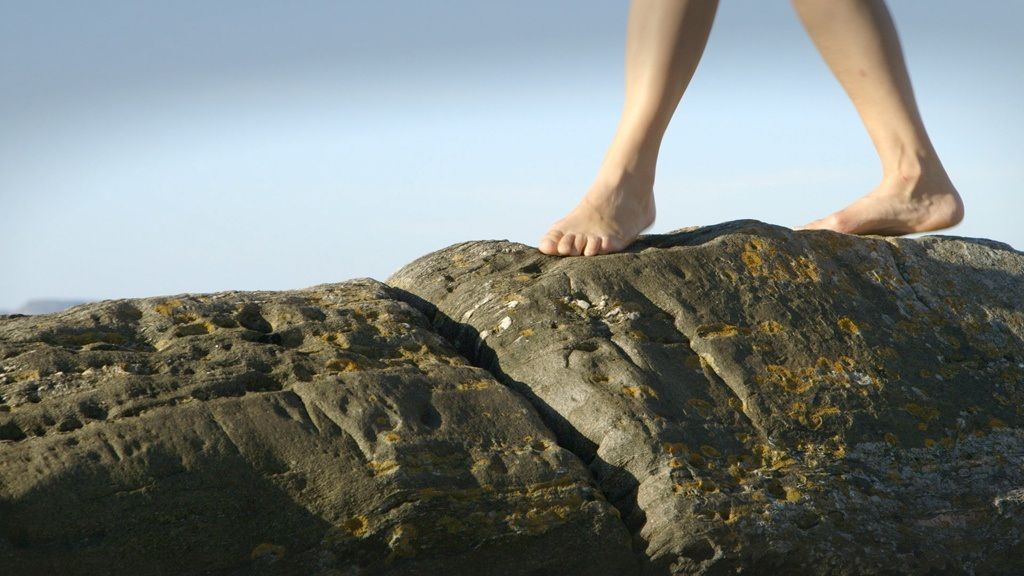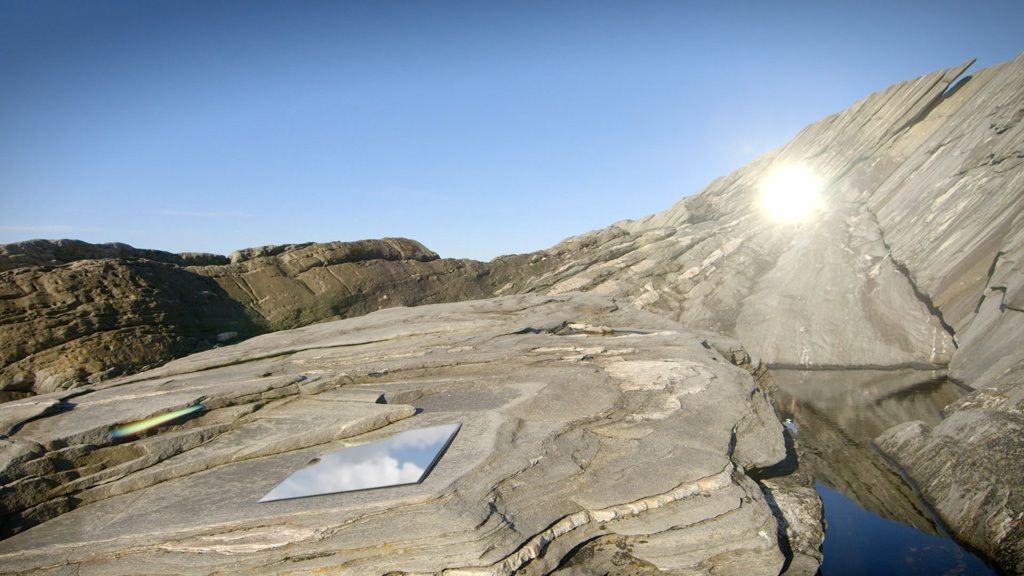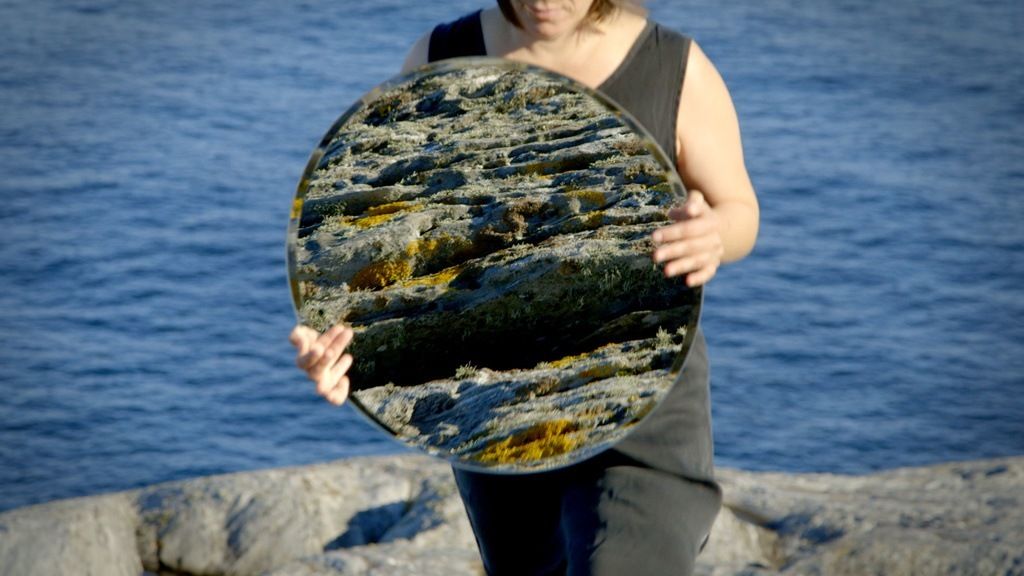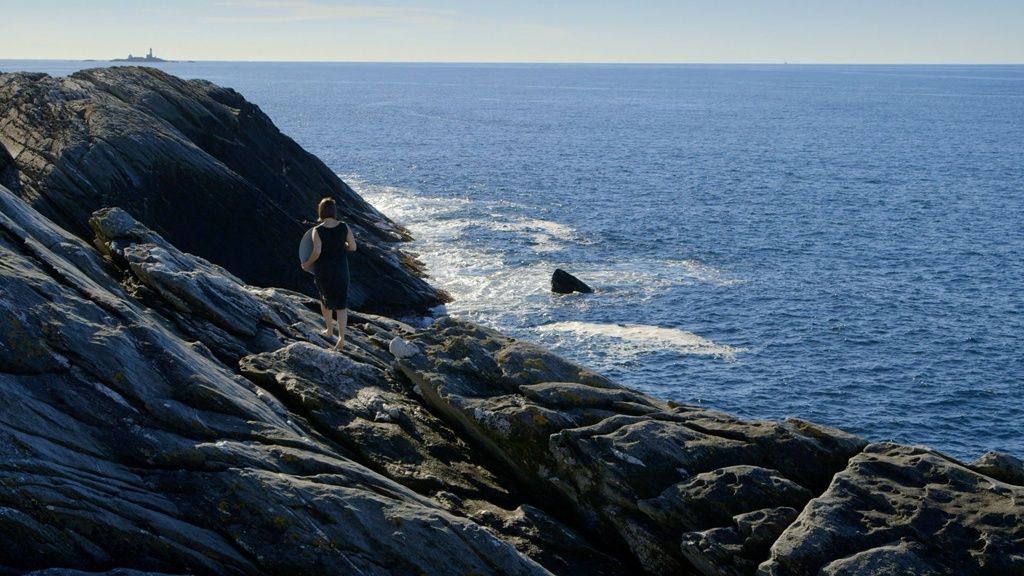Yes, this is true of everything I do. I want to tell something, you know? And so many times I don’t even know what it is that I want to tell because this is a kind of vision. And also, what I’ve been dealing with the last 4-5 years, it’s a contrast between lightness and heaviness. It’s a kind of polarity. It’s not possible to force them together and if you do manage to do that, to force them together, they will slip and pull away. They will never stay together. I wanted to try to put lightness into heaviness. You know? The sky is light and the ground and the earth and especially this rocky landscape is so heavy, there is no space inside. So I would like to try to smash it in there, without going inside myself. In the back of my head, I’m playing around with the idea of people who are psychotic. For example, I think that if things that you are dealing with are so heavy, you can’t manage them, then you try to escape; the psyche tries to escape that kind of situation. But I didn’t want to go inside to find what’s in there. So that’s why the focus is a portal, rather than attempting to define what’s on the other side. It’s about developmental stages in a way. That’s why I’m using the mirror as well.







